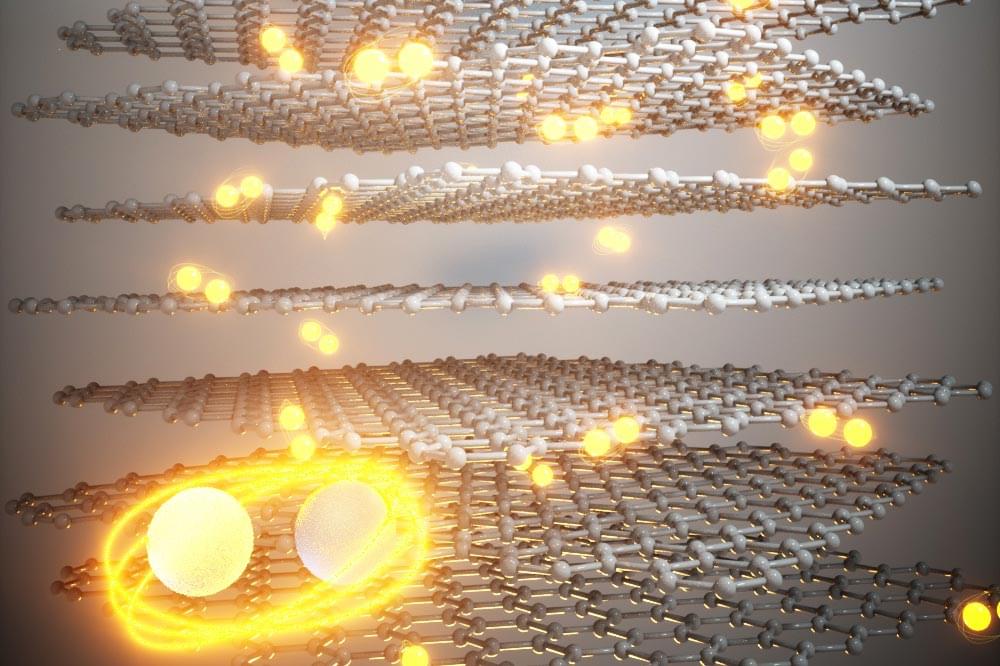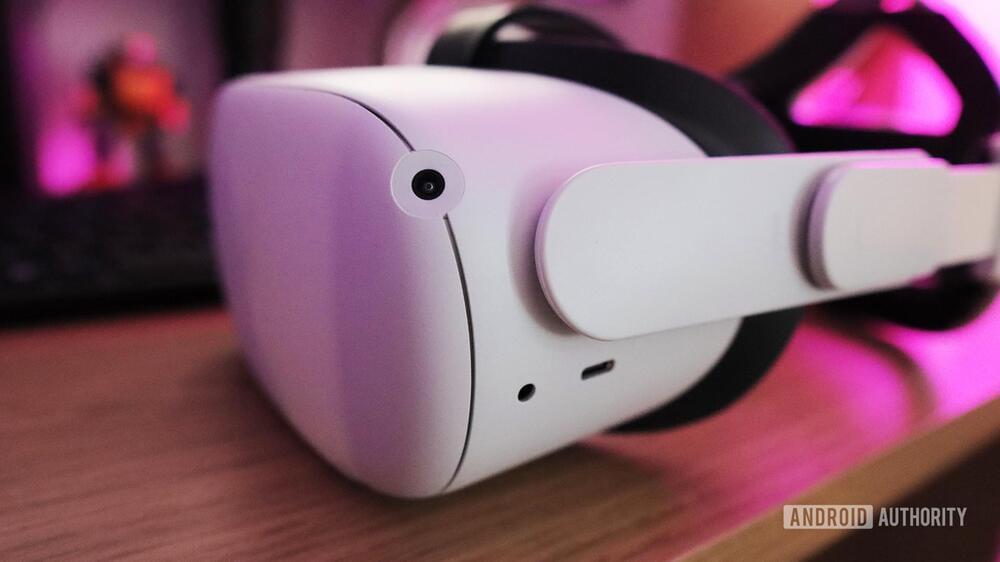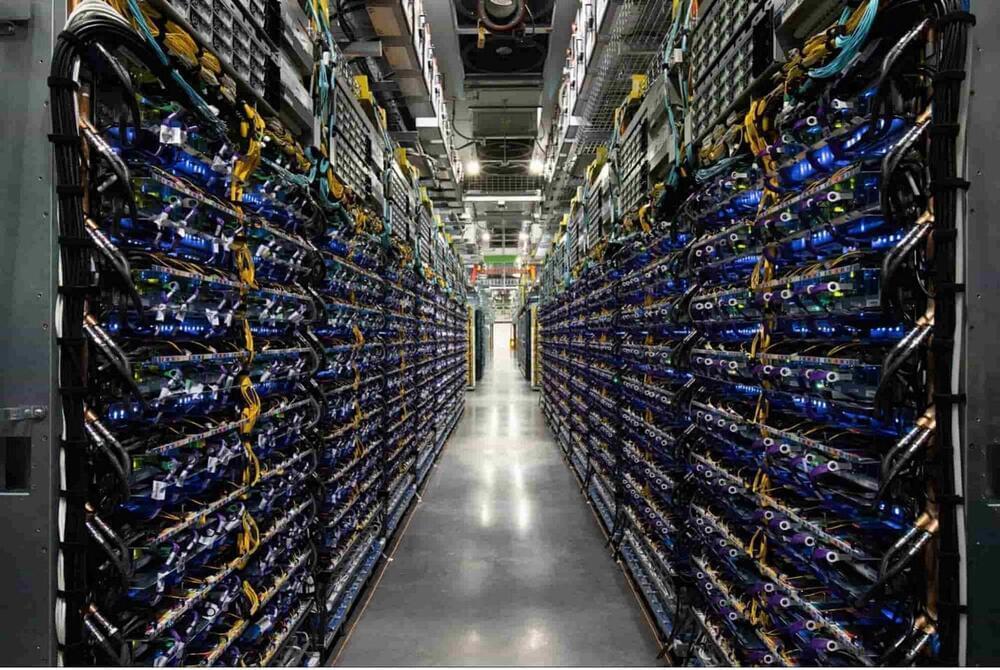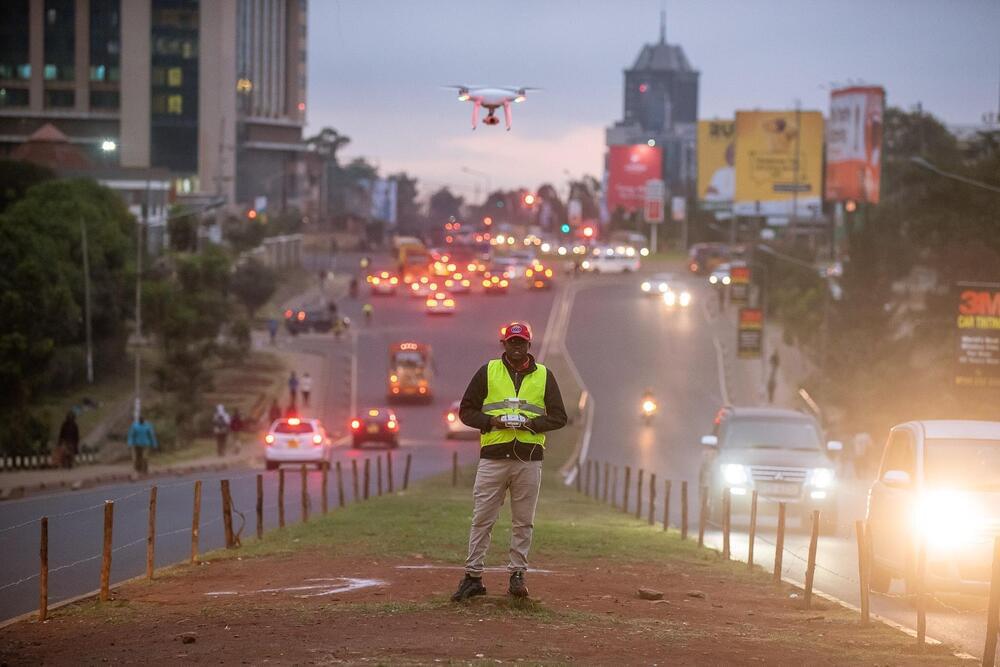No homework. Grades you can change. This school is challenging everything about our approach to education — and it’s working with a 98% college acceptance rate.
How did the Arava, a punishingly hot and arid desert, become one of Israel’s breadbaskets? It’s a story of determination and thinking outside the box.
The discovery could inform the design of practical superconducting devices. When it comes to graphene, it appears that superconductivity runs in the family. Graphene is a single-atom-thin 2D material that can be produced by exfoliation from the same graphite that is found in pencil lead. The u.
The discovery could inform the design of practical superconducting devices.
When it comes to graphene.
Graphene is an allotrope of carbon in the form of a single layer of atoms in a two-dimensional hexagonal lattice in which one atom forms each vertex. It is the basic structural element of other allotropes of carbon, including graphite, charcoal, carbon nanotubes, and fullerenes. In proportion to its thickness, it is about 100 times stronger than the strongest steel.
The AI-powered robot is named “Polly” and will pollinate truss tomato plants in Costa’s tomato glasshouse facilities in Guyra, New South Wales.
In its commercial application, Costa wrote on its website that these robotic pollinators will drive between the rows, detect flowers that are ripe for pollination utilizing artificial intelligence, and then emit air pulses to vibrate the flowers in a certain way that mimics buzz pollination that is carried out by bumblebees.
Compared to using insects, like bees, and the human laborers that are occasionally required to aid with the growth of particular crops, pollination robots could provide future farmers with a major advantage, which is to improve productivity.
This mismatch creates a child-care crisis between 3 and 5 p.m. that has parents scrambling for options.
Berkeley Lab scientists assess the technology landscape for developing a domestic source of lithium.
If you had a jar of marbles of many different colors but wanted only the green ones, how could you efficiently pick them out? What if it wasn’t marbles but a jar of glitter, and there was sand, glue, and mud mixed in? That begins to describe the complexity of the brine pumped out from beneath California’s Salton Sea as part of geothermal energy production.
For geothermal fields around the world, produced geothermal brine has been simply injected back underground, but now it’s become clear that the brines produced at the Salton Sea geothermal field contain an immense amount of lithium, a critical resource need for low-carbon transportation and energy storage. Demand for lithium is skyrocketing, as it is an essential ingredient in lithium-ion batteries. Currently there is very little lithium production in the U.S. and most lithium is imported; however, that may change in the near future.
Researchers from the U.S. Department of Energy’s Lawrence Berkeley National Laboratory (Berkeley Lab) have recently published a comprehensive review of past and current technologies for extracting minerals from geothermal brine. The review, published in the journal Energies, discusses and evaluates a broad array of technologies used for extraction of lithium from brines. The review finds that geothermal brines in the Salton Sea region of California are expected to be a major domestic source of lithium in the future but that significant technical challenges need to be overcome.
If you’ve been holding off on an Oculus/Meta Quest because it requires a Facebook account, boy do we have good news for you.
Senior Analyst, AI & Quantum Computing, Paul Smith-Goodson, dives in as in today’s world, many critical business decisions and customer-facing services rely on accurate machine learning insights. Today, he discusses Google’s latest A.I. benchmarking test dethroning NVIDIA’s.
EPFL researchers have used swarms of drones to measure city traffic with unprecedented accuracy and precision. Algorithms are then used to identify sources of traffic jams and recommend solutions to alleviate traffic problems.
Given the wealth of modern technology available—roadside cameras, big-data algorithms, Bluetooth and RFID connections, and smartphones in every pocket—transportation engineers should be able to accurately measure and forecast city traffic. However, current tools advance towards the direction of showing the symptom but systematically fail to find the root cause, let alone fix it. Researchers at EPFL utilize a monitoring tool that overcomes many problems using drones.
“They provide excellent visibility, can cover large areas and are relatively affordable. What’s more, they offer greater precision than GPS technology and eliminate the behavioral biases that occur when people know they’re being watched. And we use drones in a way that protects people’s identities,” says Manos Barmpounakis, a post-doc researcher at EPFL’s Urban Transport Systems Laboratory (LUTS).









